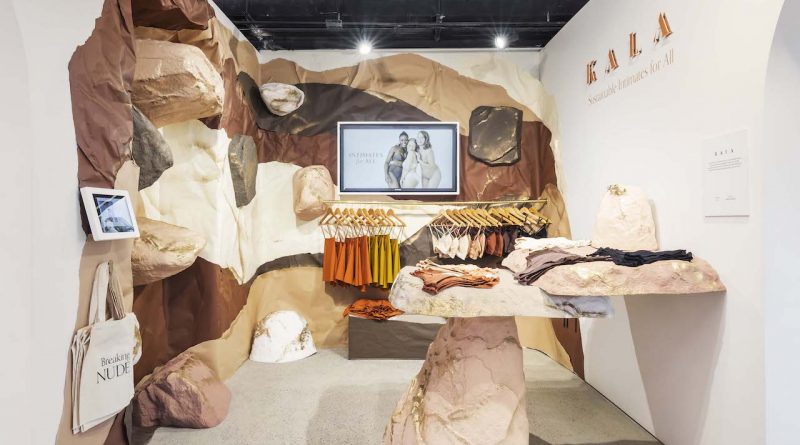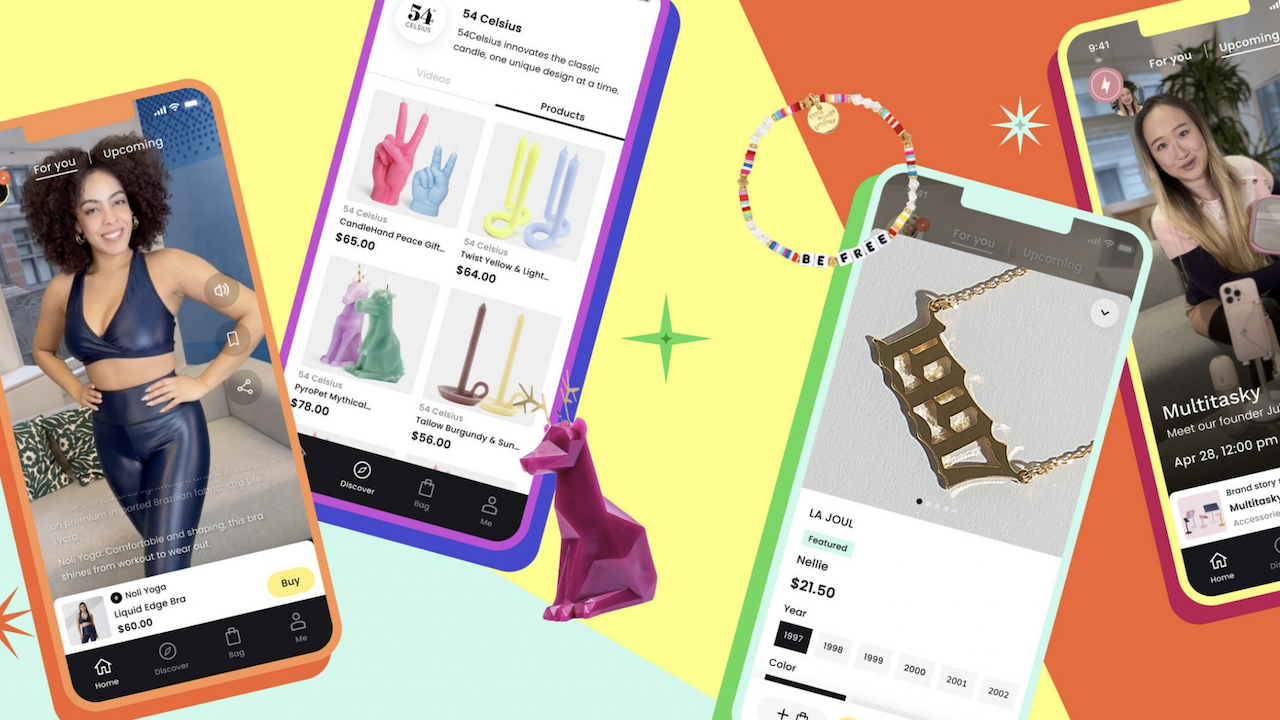‘Uncertainty is the biggest challenge’ – Glossy
Pre-March, many brands’ and retailers’ concepts of the “store of the future” centered on going beyond the transaction and making stores a place where people could hang out and have an experience. That’s changed.
Now, retailers are focused on making their stores as safe as possible, offering customers maximum choices for how to engage and incorporating the online components of retail into brick-and-mortar to improve efficiency.
Glossy asked six brands, retailers and developers to share their current vision of the store of the future.
Lafayette 148
Deirdre Quinn, CEO of Lafayette 148, said that the primary shift the store of the future will have to undertake is a refocusing on the customer relationship as central to the experience.
“Highly personalized and extended services have always been one of our core competencies, and now, more than ever, personalization and a private shopping experience that offers safety as a key element of a luxury experience are essential,” Quinn said. “Much of this can be accomplished through private shopping spaces that create a level of intimacy and help to rebuild and regain customer confidence in a typically public environment. However, building trust will take much more than stringent sanitation processes. Relationship management is now the critical factor as we adapt to servicing her on her terms, and rebuilding that trust to maintain and further enhance brand loyalty.”
Lafayette 148 operates four stores of its own and sells in hundreds more like Neiman Marcus and Saks Fifth Avenue. Quinn said small boutiques were already challenged pre-pandemic, and that’s only going to get worse. For Lafayette 148, she said their current plan is to operate a small number of highly differentiated stores, each with unique services based on their locality. For example, she said the company’s downtown Manhattan store is all about personalization via appointments, something that is downplayed in other stores.
She added that the strategy of opening dozens of functionally identical stores is a waste of resources that doesn’t work in the modern retail environment.
Senreve
Coral Chung, founder and CEO of Senreve which runs one store in San Francisco, said there will be some serious challenges, brought about by the pandemic, to re-envisioning retail.
“From my perspective, the three key characteristics of a ‘store of the future’ are experiential, community, and convenience,” Chung said. “These elements are distinctive aspects that a store can offer versus digital shopping and e-commerce. The pandemic has accentuated these characteristics in many ways. Because the hurdle is much higher now for someone to go into a store, it really needs to be that much more experiential, for example, to make it worth their while. There are many challenges, including legacy infrastructure that’s costly to upgrade, overall culture shifts which can be slow, and increased competition with new DTC and digitally native business models.”
Showfields
Tal Zvi Nathanel, founder of New York retailer Showfields, said his vision of the store of the future has more in common with TV than anything else.
“Consumers will engage in continuous and personalized experiences, which will result in an improved overall experience,” he said. “Continuous means that all of their sessions across platforms will inform each other and dictate the retail experience. Think about when you watch Netflix from your smartphone, and when you open the app on your TV, it starts from the same place.
“Personalized means that some parts of the store and the experience, in general, will change depending on who walks through the door. Think about when you get into an Uber and expect the driver to know your name or any other preferences that you’ve added to your profile.
“Retailers won’t differentiate between online and offline anymore. Everything will instead become a brand touchpoint, and it will no longer matter where you meet your customer, how they added an item to their cart, or where they physically shop. Retailers will optimize their efforts across services to encapsulate all of these touchpoints into one process.”
Greenlane Brands
Eric Hammond, vp of Greenlane Brands which owns lifestyle brand Higher Standards, emphasized the importance of a strong online presence to pick up the slack of physical retail in the next year.
“With much of the in-store experience being relegated to transactions, there was a major shift in focus to creating that same elevated experience online, where customers can browse a highly curated assortment then choose to have these items delivered directly to their home, or opt for in-store pick-up at a flagship location,” Hammond said. “The store of the present, as well as the store of the future, will need to have a seamless transition between their brick-and-mortar presence and their digital presence, and be able to back it up with strong operational support in order to maintain customer loyalty.
“The biggest challenge facing brick-and-mortar retail is uncertainty,” said Hammond. “That includes uncertainty about the long-term effects on consumer spending habits, and uncertainty on the progress of combating the illness in different markets along with widely varying rules and regulations. The constant will be a need to have a strong supporting digital component to pick up the slack.”
Jamestown
Michael Phillips, president of real estate developer Jamestown, which owns retail locations like Manhattan’s Chelsea Market and Brooklyn’s Industry City, pointed to retailers’ so-far lackluster efforts to connect brick-and-mortar retail and online order fulfillment as something that will have to improve.
“Retailers have to unify their online and in-store purchasing,” Phillips said. “Some brands have been discreetly using their real estate as fulfillment centers, but it’s not a seamless experience for all. Brick-and-mortar retailers are more comfortable in their native setting. They have been slowly adopting online services, but not doing it as wholeheartedly as they should be. Now that has become much more important.
“At the same time, digital brands have been dipping their toes into brick-and-mortar and finding that it is a very different business. There are some that have succeeded, such as Warby Parker and Bonobos, but for others, there has been a big learning curve. Instead of stand-alone individual stores, we are going to see more retail collectives emerge, bringing together digitally-native brands that complement each other under one roof, to create a community experience and let these brands experiment with in-person business. Neighborhood Goods has done this really successfully and we will see other collectives emerge around themes — wellness, black-owned businesses and more.”
TF Cornerstone
Phillips’ opinion was echoed by Jake Elghanayan, principal and svp at TF Cornerstone, which owns dozens of retail properties in New York City.
“I actually don’t think the concept has changed [since the pandemic began] for the long term, other than that the integration between online and in-store has probably been even more critical during Covid. In the short term, there will be more integration of the online and in-store channels. In the long term, New York City and the rest of the country will probably have more retail space than will be needed, because inventory is better handled in distribution centers. And so some retail space will need to be converted to other uses.”





